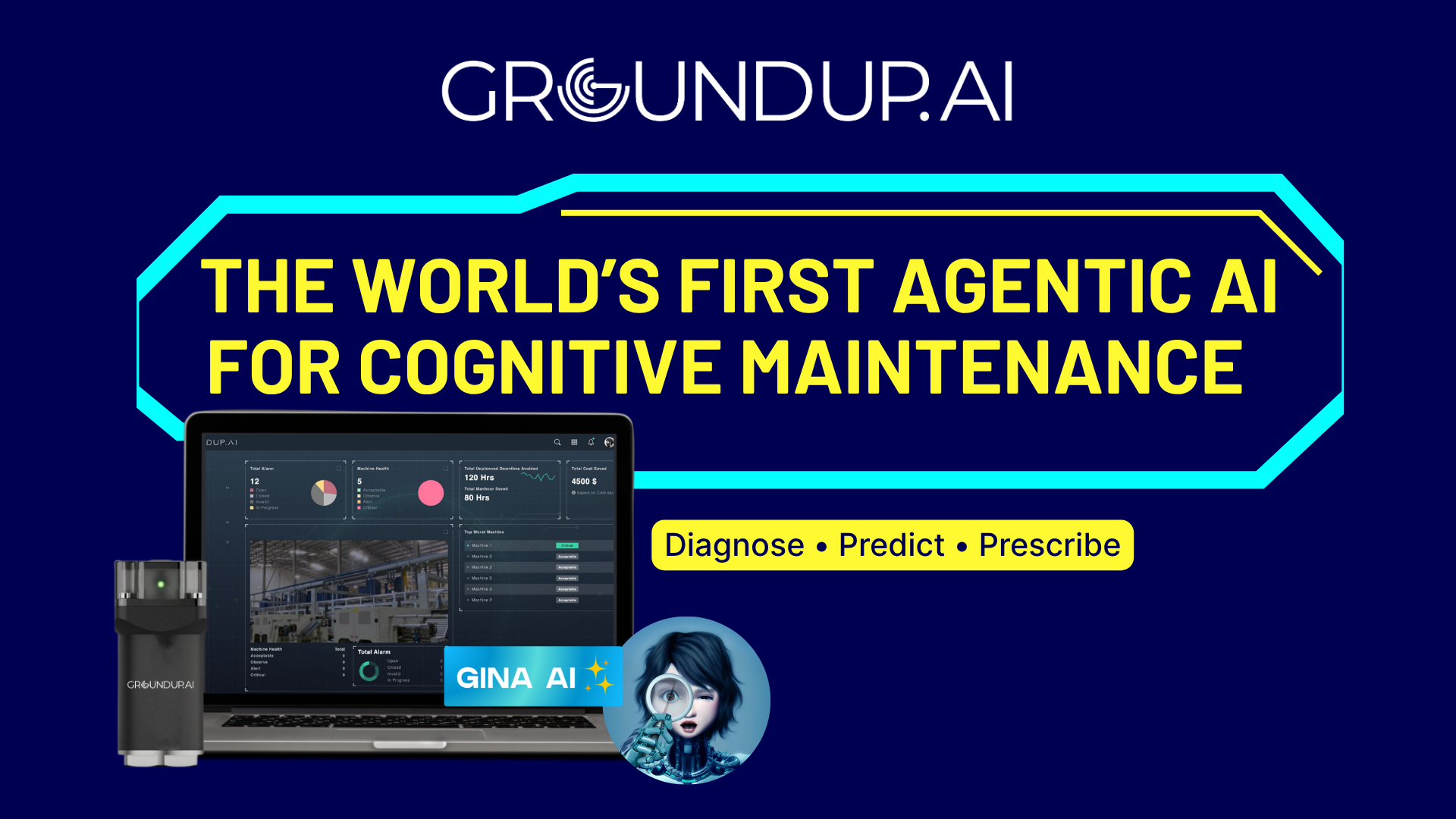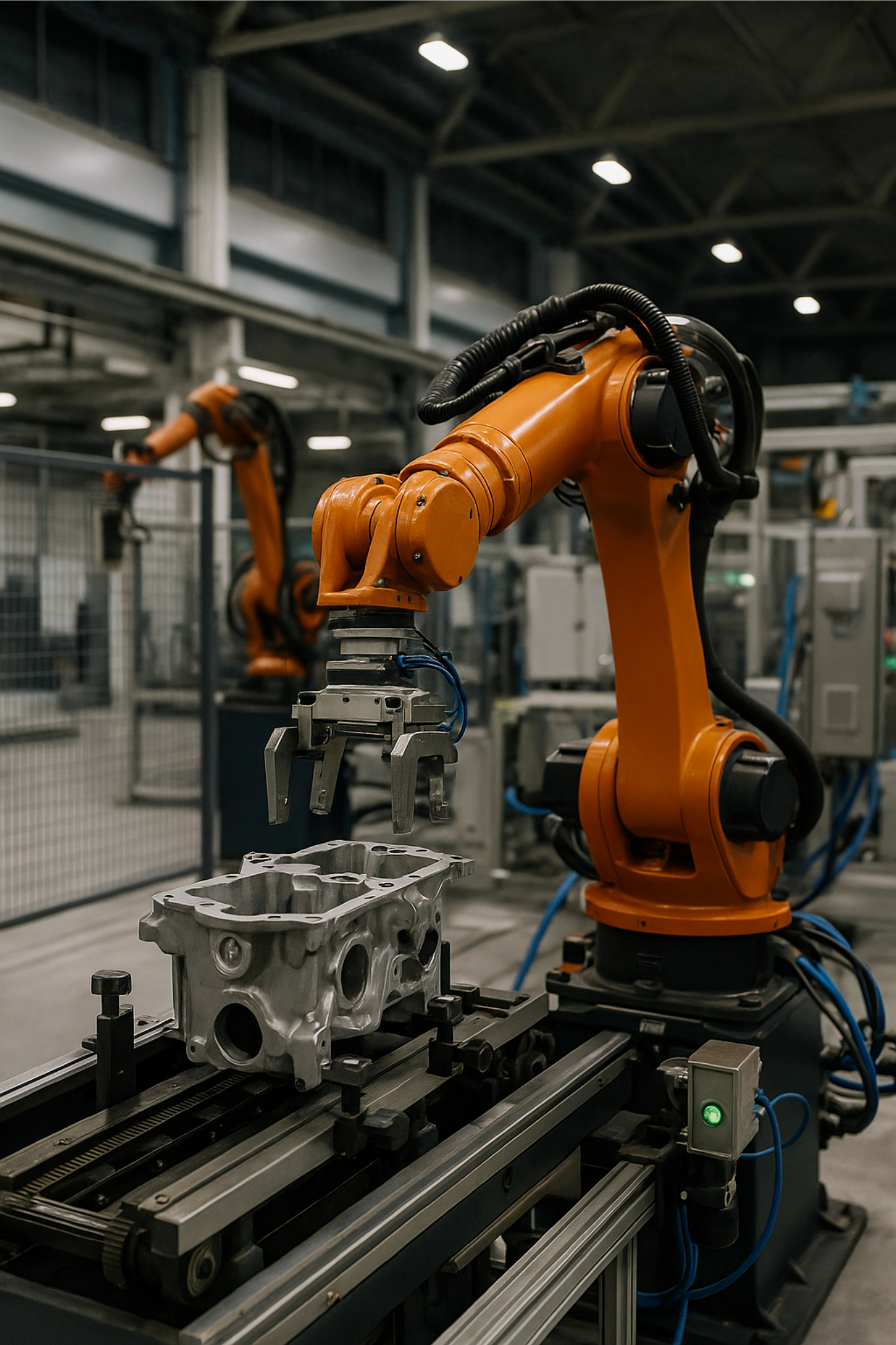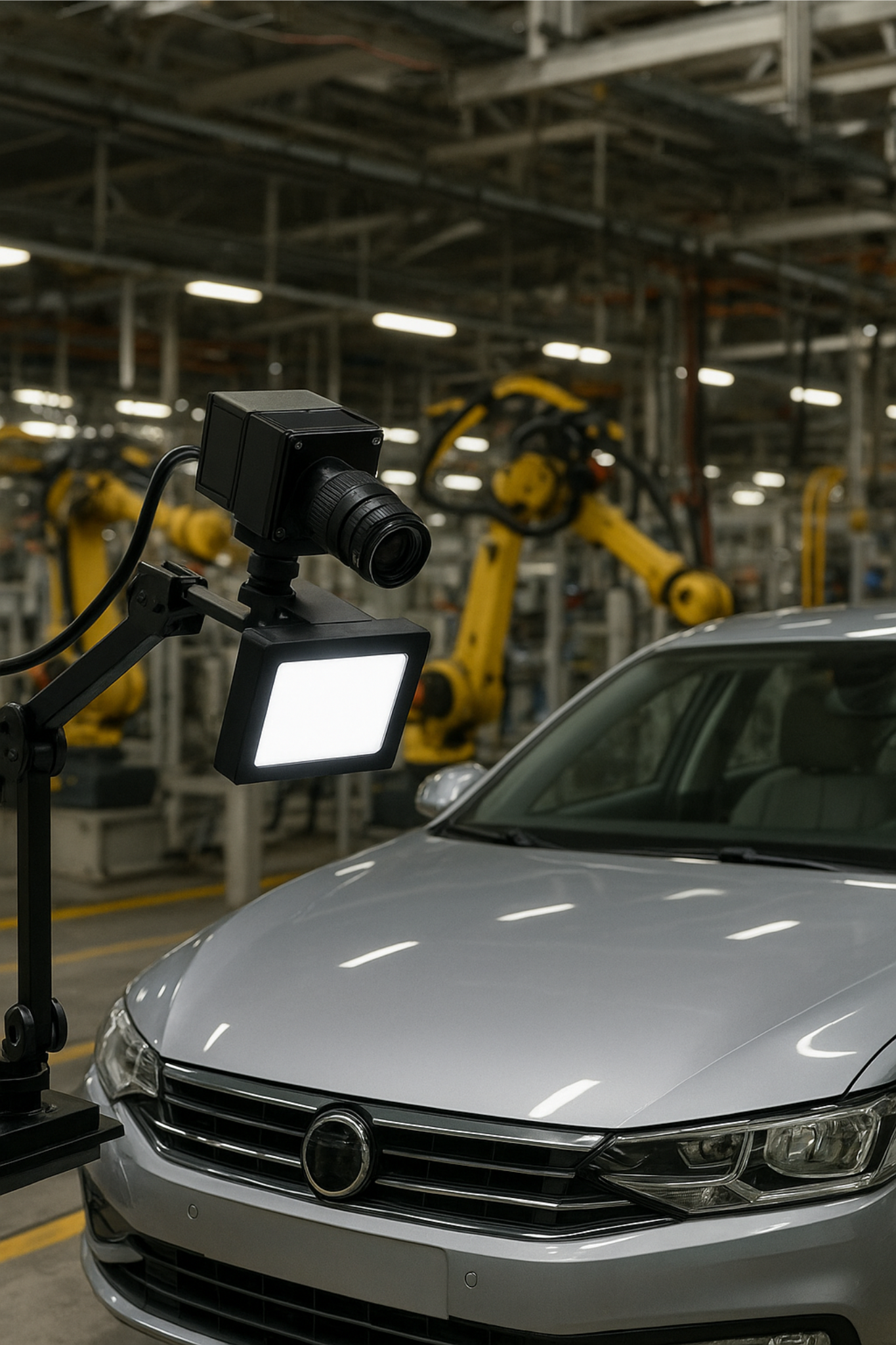The Data Boom & Rise Of Predictive Analytics
As automation spreads across industries, businesses are generating vast amounts of raw data, akin to unrefined gold. To extract value, this data must be refined through analytics. Just as gold requires different methods of extraction for various uses, data analytics offers multiple approaches to unlock strategic insights. Predictive analytics, in particular, is becoming essential for gaining a competitive edge.
“There are multitudes of data generated by all industries every day and the expected amount of data generated globally by 2025, will reach 175 zettabytes. It’s just the start of the Big Data Revolution.”
From Descriptive To Predictive: Evolving Data Analytics
Traditionally, businesses relied on descriptive analytics to understand past performance. While useful, it offered limited insight into future outcomes. Today, with advances in AI and ML, predictive analytics has become accessible, enabling companies to forecast trends, uncover risks, and make smarter, data-driven decisions that boost performance and competitiveness.
Predictive Data Analytics
Predictive data analytics is transforming industries by leveraging historical data and machine learning algorithms to forecast future outcomes. In 2025, businesses across various sectors are capitalizing on predictive analytics to enhance decision-making, optimize operations, and drive revenue growth. This article explores the industries that are experiencing significant advantages from predictive data analytics.
- 85% of enterprises will incorporate predictive analytics into their decision-making process.
- Retailers using predictive analytics see a 30% increase in customer retention.
- Financial institutions using AI-driven risk models reduce fraud by 40%.
- Manufacturers save up to $50 billion annually by implementing predictive maintenance.
What is Predictive Data Analytics?
Predictive data analytics involves leveraging statistical techniques, artificial intelligence (AI), and machine learning to analyze historical and real-time data. This process helps businesses anticipate future trends, optimize decision-making, and proactively address challenges. By identifying patterns in data, predictive analytics allows organizations to make data-driven forecasts, improve operational efficiency, and gain a competitive edge.
Key Components Of Predictive Data Analytics
To fully harness the power of predictive analytics, businesses rely on several core components:
- Data Collection & Processing
- Statistical Analysis
- Machine Learning Algorithms
- Data Visualization
Key Benefits Of Predictive Data Analytics Across Industries
Predictive data analytics is transforming industries by enabling organizations to leverage data-driven insights for strategic decision-making, risk mitigation, and operational optimization. Businesses that integrate predictive analytics into their workflows gain a significant competitive advantage.
- Enhanced Decision-Making
- Cost Reduction
- Customer Personalization
- Risk Management
- Improved Operational Efficiency

Top Industries Benefiting From Predictive Data Analytics In 2025
1. Healthcare
The digitization of health records has unlocked a wealth of clinical data, paving the way for predictive analytics to revolutionize care. Unlike basic descriptive tools, predictive analytics enables accurate diagnoses, forecasts patient outcomes, and issues early alerts for emergencies. This empowers healthcare providers to act swiftly, allocate resources efficiently, and improve patient care. With potential for global standardization, it positions the entire healthcare ecosystem to stay one step ahead.
Predictive analytics isn’t just enhancing care, it’s also cutting costs. A 2017 study by the Society of Actuaries found that 57% of healthcare executives had adopted predictive analytics, with 26% expecting savings of 25% or more within five years. An overwhelming 93% agreed it’s vital to the industry’s future.
2. Automation & Manufacturing Industry
In manufacturing, unplanned downtimes can cost up to $540,000 per hour, severely impacting productivity and profits. Traditional scheduled maintenance often fails to prevent unexpected failures. Predictive maintenance, driven by AI and real-time data analytics, changes this approach by forecasting equipment breakdowns before they occur. By analyzing patterns and trends from vast datasets, it enables timely, targeted maintenance, reducing downtime, extending equipment life, and significantly cutting costs.
Predictive analytics strategy not only minimises the enormous unnecessary cost and time spent on maintenance successfully, but it also guarantees the extended service life of the equipment. Overall, increasing efficiency and making the ideal near-zero downtime in many major industries achievable. Likewise, the data-driven strategy also enables better decision-making and reduces operational stress in businesses that are often influenced by human errors in knowledge or judgement about equipment capacity/ potential.
3. Human Resource
Traditional HR analytics have long supported functions like recruitment, training, and performance tracking. However, these methods often focused on past data without offering actionable insights, limiting their impact. They provided metrics such as churn rates and performance stats but failed to guide decision-makers on how to prevent negative outcomes or optimize future operations effectively.
Predictive analytics is now reshaping the HR landscape. By leveraging AI and machine learning, it enables organizations to forecast key factors like employee attrition, cultural fit, and future performance. This strategy allows companies to make informed hiring decisions, tailor development programs, and proactively address workforce risks. As a result, HR becomes a strategic driver of productivity, engagement, and long-term growth.
4. Retail
Accurate demand forecasting is essential to prevent costly problems like excess inventory, stockouts, and lost sales. Traditional forecasting methods based on general market trends often fall short. Predictive analytics leverages real customer data and machine learning to deliver precise, data-driven forecasts, enabling businesses to stock the right products at the right time and improve customer satisfaction.
In addition, AI-powered recommendation engines in e-commerce analyze customer behavior and preferences to offer personalized product suggestions, driving higher sales and engagement. This approach not only enhances customer experience but also helps optimize inventory management and budgeting, streamlining the entire supply chain for greater efficiency and cost savings.
5. Finance & Banking
Financial institutions leverage predictive analytics to strengthen security, manage risks, and enhance customer experiences. By analyzing transaction data and behavioral patterns, banks can detect fraudulent activities in real time, preventing identity theft and financial losses. Predictive models also improve credit scoring and risk assessment, enabling more accurate loan approvals and reducing the chances of defaults.
In addition to fraud prevention and risk management, predictive analytics drives algorithmic trading by analyzing market trends to support smarter investment decisions. It also enables banks to segment customers based on their financial behaviors, allowing for personalized product offerings such as tailored credit cards and investment options. This targeted approach helps improve customer satisfaction while increasing operational efficiency across the financial sector.
Unlock Endless Possibilities With Predictive Analytics
Forecasts are now central to key business decisions across industries. Powered by AI and ML, predictive analytics analyzes vast data to accurately identify trends and patterns. This strategy is transforming industries by boosting efficiency and shaping smarter business strategies.
Now is the time for you to invest and exploit the potential of data-driven technological advancements to your advantage.
Request a call from us today! Here at groundup.ai, we will support and guide you through the process of implementing predictive analytics solutions to your business and increase efficiency simply with existing data. Furthermore, we develop customizable AI solutions to fit your strategic needs and wants.












